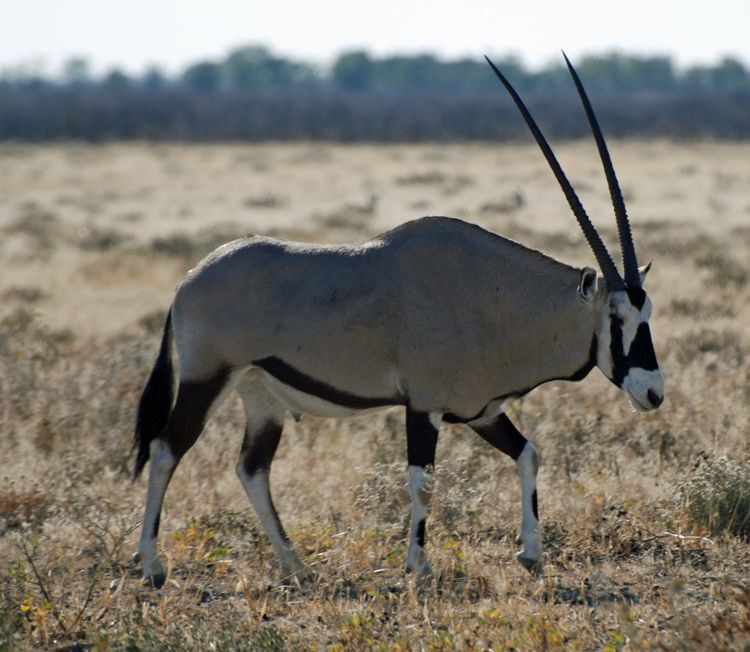
There are affiliate links in this post. If you make a qualifying purchase through one of these links, Wander Woman Travel Magazine may receive a small commission at no extra cost to you.
Table of Contents
Self Drive Safari in Namibia
There is something incredibly intrepid about the notion of driving yourself across Africa watching an ever-changing landscape filled with elephants, giraffes, lions and other wildlife roll past your window. It’s an epic road trip that is only possible in a few of Africa’s safest countries.
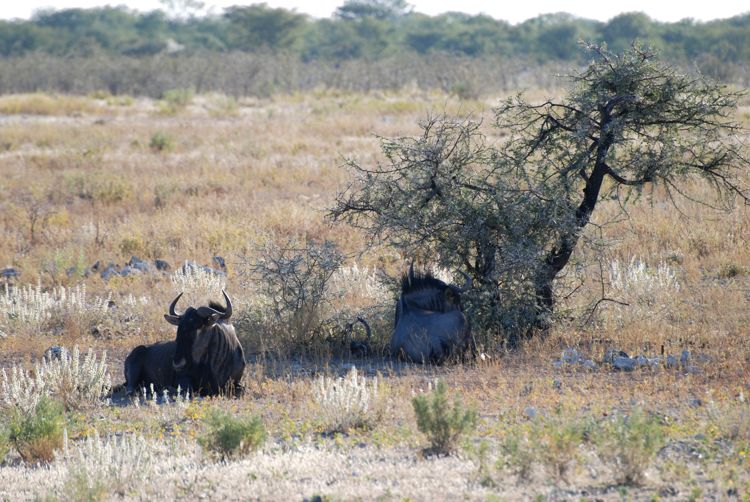
Related: If you like articles and pictures of wildlife, check out our post about the Top Ten Galapagos Islands Animals.
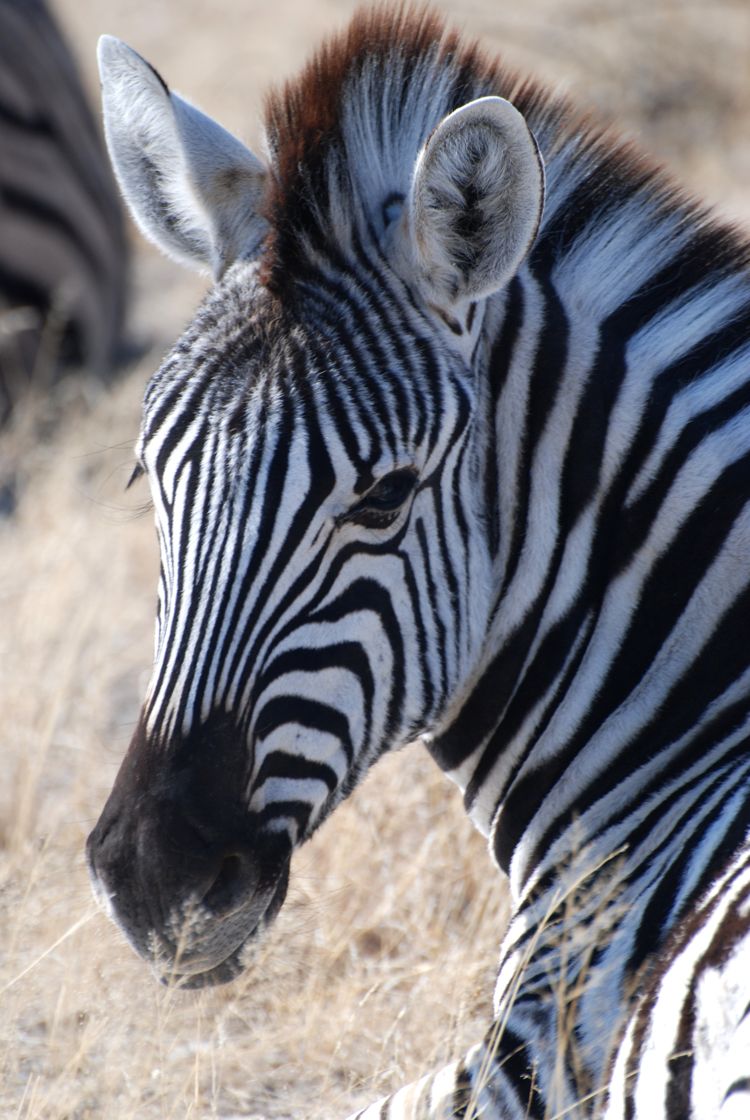
Namibia’s Etosha National Park
Etosha National Park spans an area of more than 22,200 square km and contains a salt pan so large it can be seen from space. It is located in the Republic of Namibia, which is in southern Africa bordering the Atlantic Ocean. The country has a good safety record, clean water and few incidents of malaria.
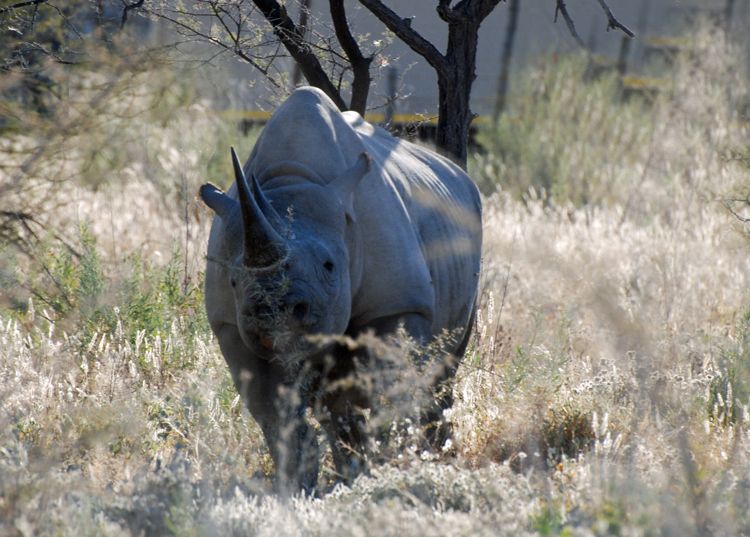
Experience a Self Drive Safari in the Canadian Rockies: Read our post Jasper Wildlife Watching – Amazing Photos and Tips.
The Challenge of a Self Drive Safari
Etosha National Park is home to hundreds of animal species. I worried that finding them in such a vast area would be difficult without a guide. After entering the park, we headed down a bumpy gravel road and saw a black rhino moving through the brush. The endangered black rhino is notoriously difficult to spot in the wild, therefore, a sighting is considered a special treat on any safari. When we saw one within minutes of entering the park, I knew that seeing wildlife on our own wasn’t going to be a problem.
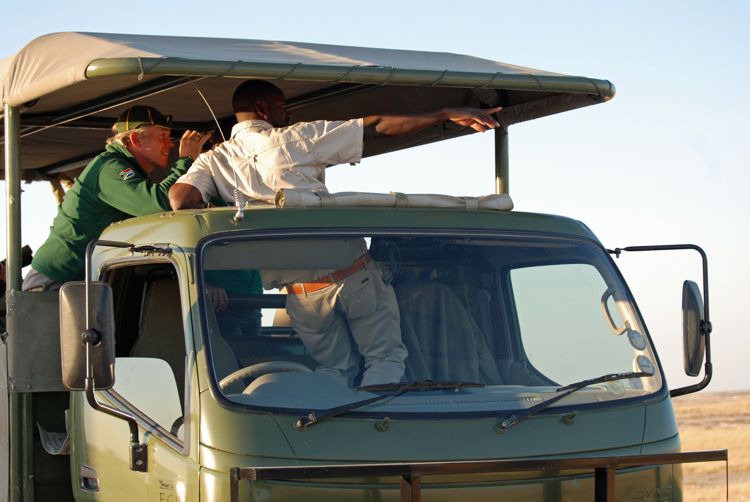
Water Holes – Where the Wild Things Are
It didn’t take long for us to realize that water holes were a good bet for wildlife sightings on a self drive safari. We got a park map that showed us where all the water holes were. The professional guides used satellite phones to communicate between vehicles when they found one of the Big Five – lion, leopard, rhinoceros, elephant, and Cape buffalo. Whenever we saw a group of guided caravans gathered alongside the road, we stopped beside them to see what was going on.
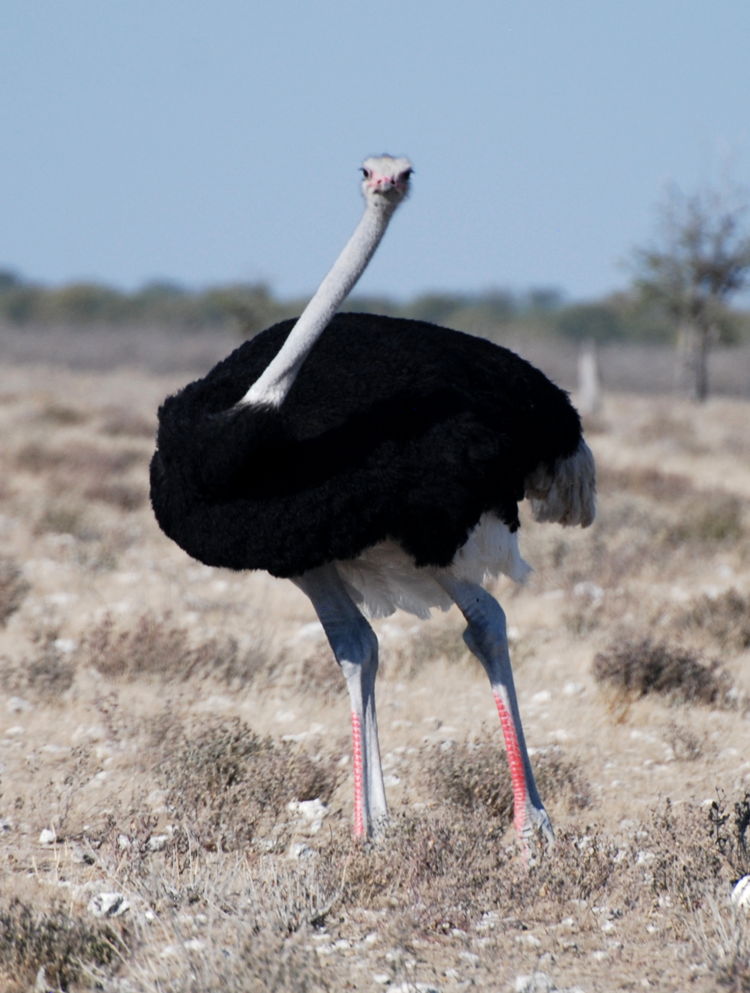
What We Loved About Our Self Drive Safari
The upside of going it on our own was that finding wildlife felt like a bigger accomplishment. It was also nice to have the freedom to stay as long as we wanted watching a particular species and trying to capture the perfect photo. Sometimes we just stopped and observed a herd of zebra or springbok – animals that might seem less exciting to locals, but were fascinating to us as first time visitors.
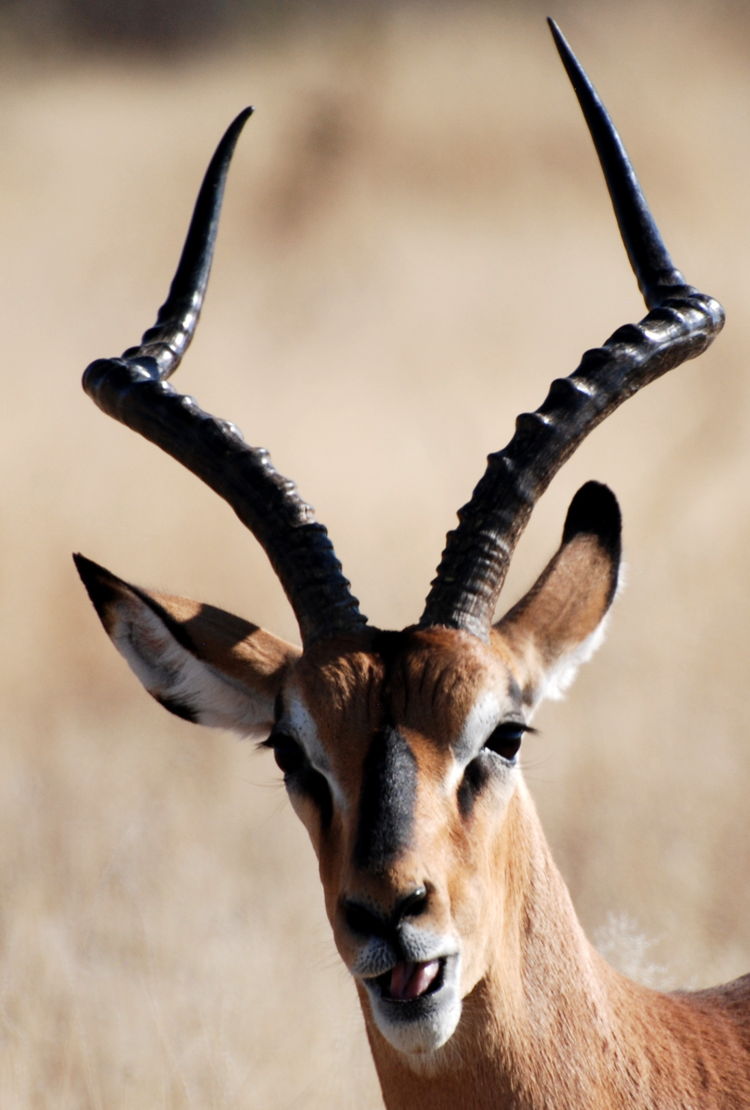
Tips for Travelers
- Get a map of the park as soon as you arrive and pay attention to where the water holes are.
- Consider a guided excursion for your first day. This will help you get the lay of the land and learn to identify the species you see.
- We stayed at Gondwana Etosha Safari Lodge, located just outside the Anderson Gate entrance.
- My visit was booked with Namibia-based ATI Holidays. The company offers a variety of travel options from budget to luxury.
- For more information about Namibia, visit the official tourism website.

This pagolin is also known as a scaly anteater. It is one of the rarest species to see in Namibia. This one was injured and was being nursed back to health by a volunteer. Photo by DEBBIE OLSEN
Take a Safari in the Canadian Arctic: Read our post about Churchill Polar Bear Tours.

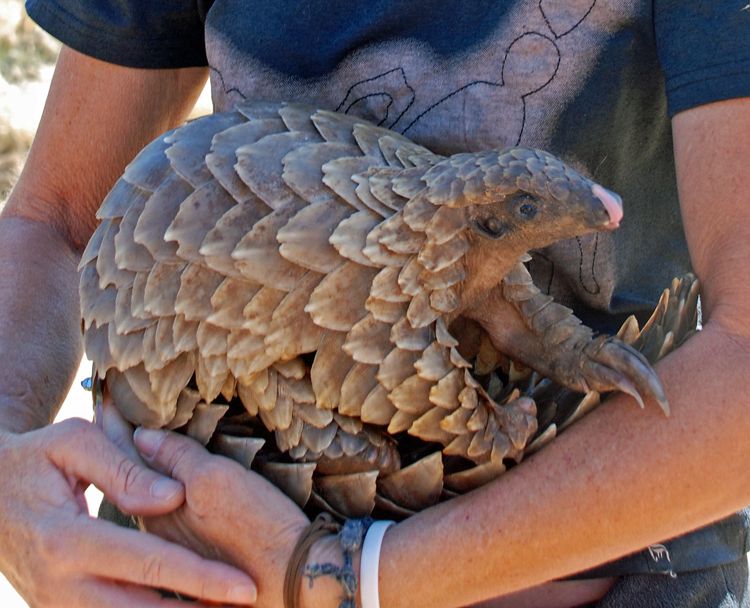
2 Comments
Leigh McAdam
We loved our self drive trip in Namibia. There’s something so magical about having animals like giraffes and elephants wander out in front of your car. I agree this is a safe country to do it – and easy to get around.
wanderwoman
Thanks for the feedback! It’s definitely an experience of a lifetime. I loved Namibia!